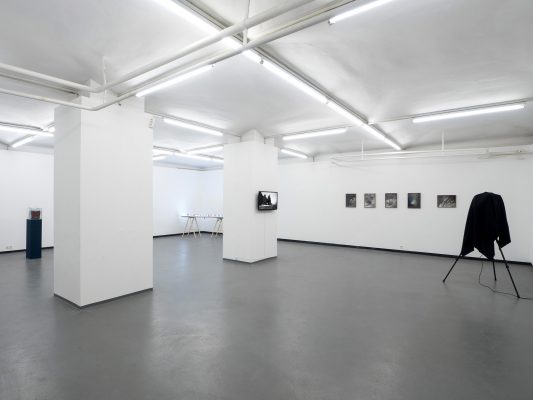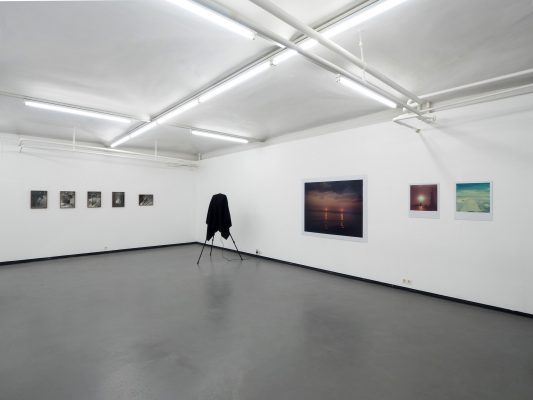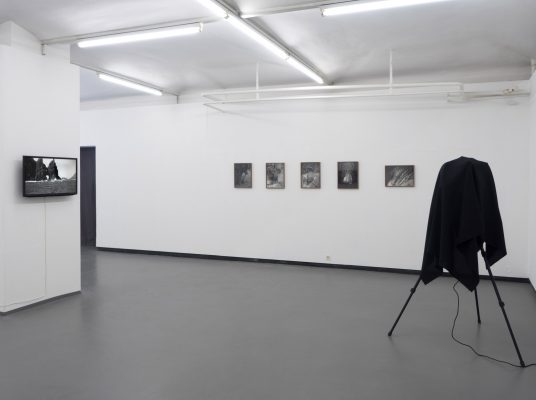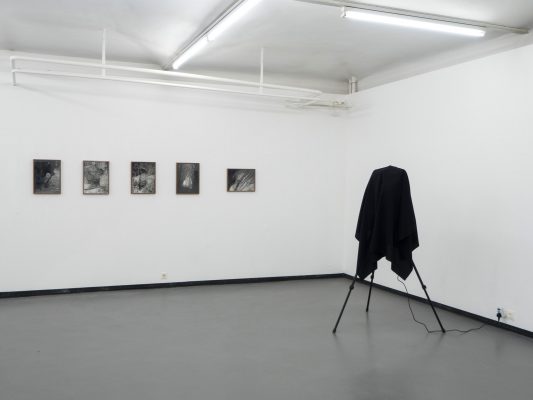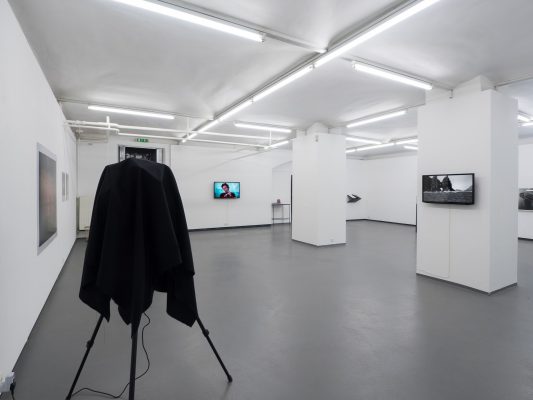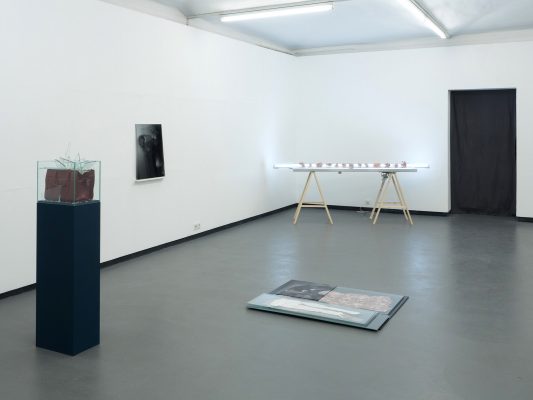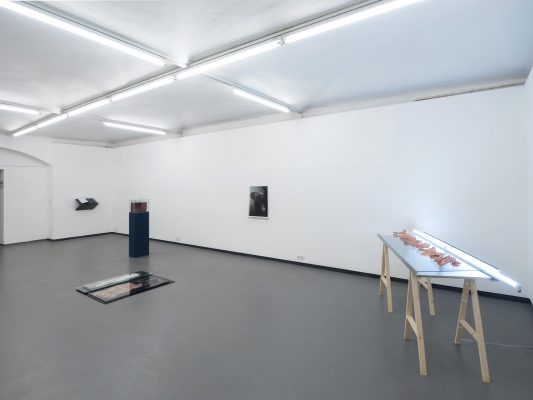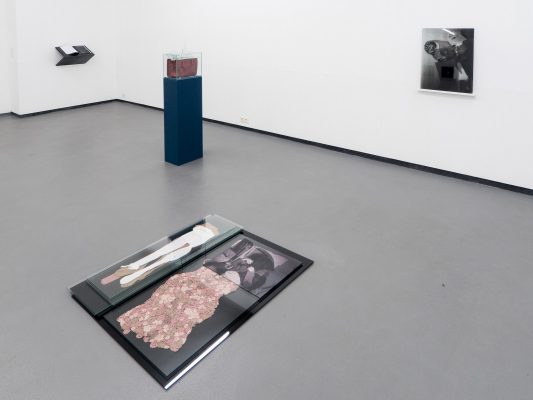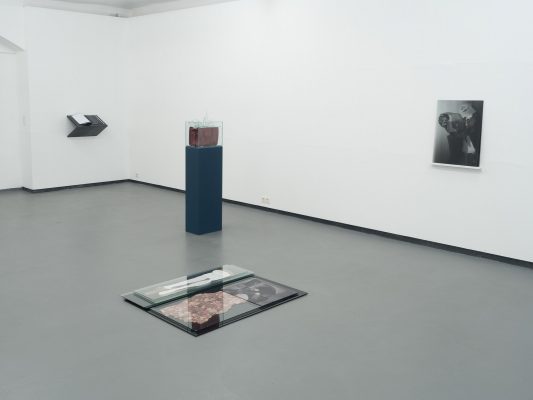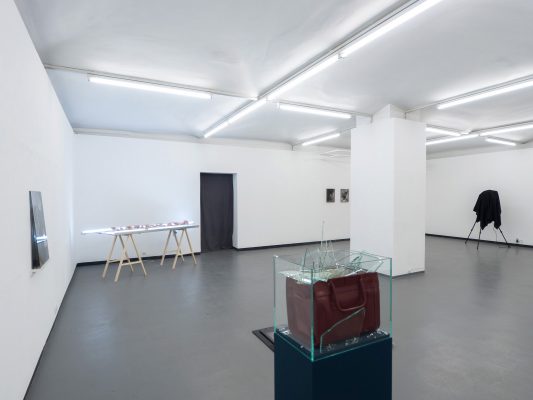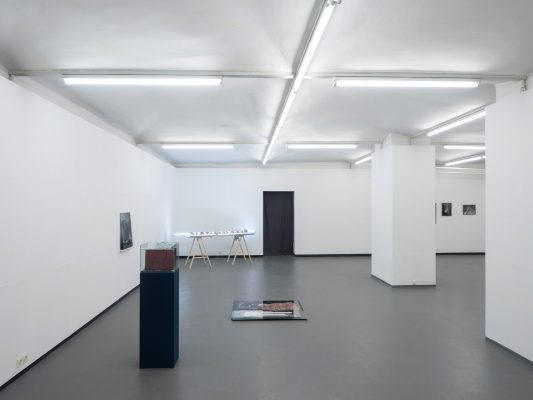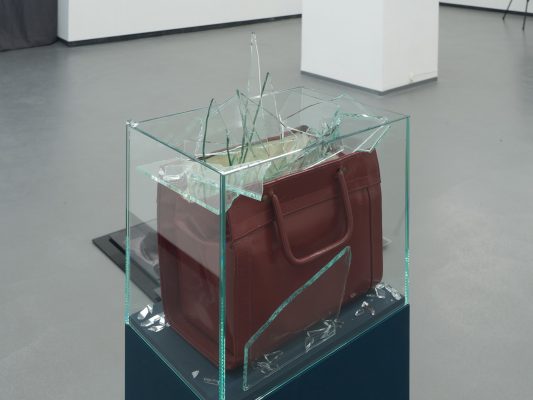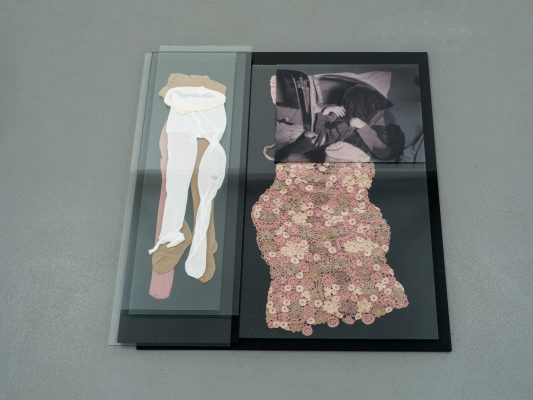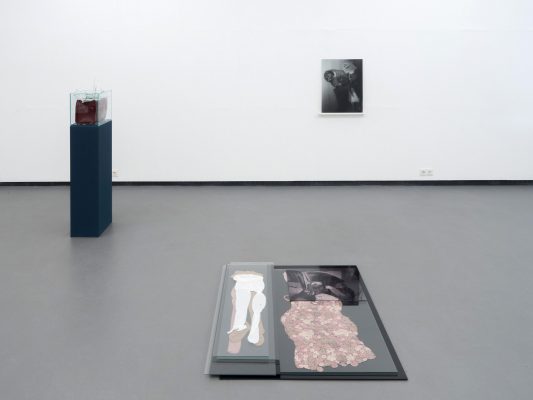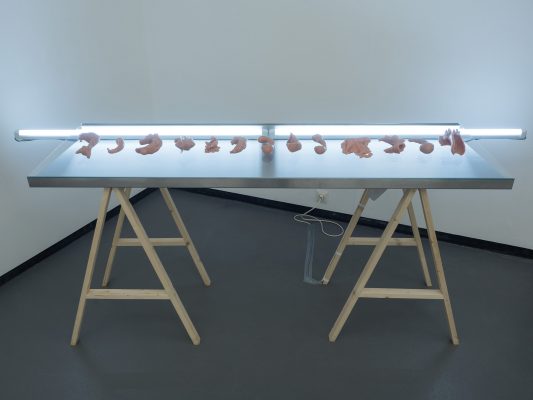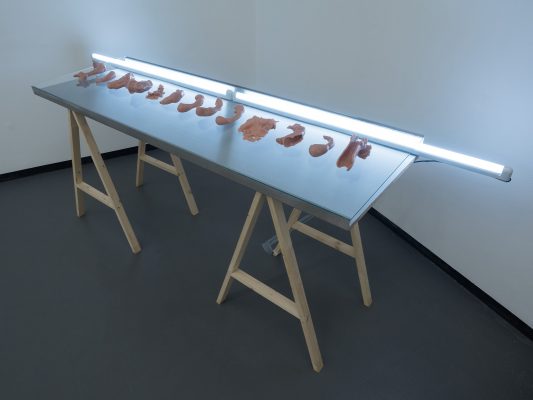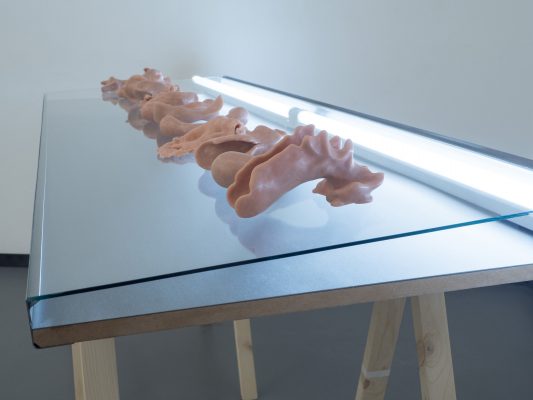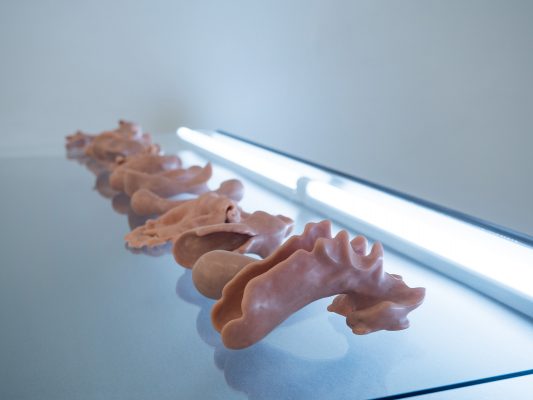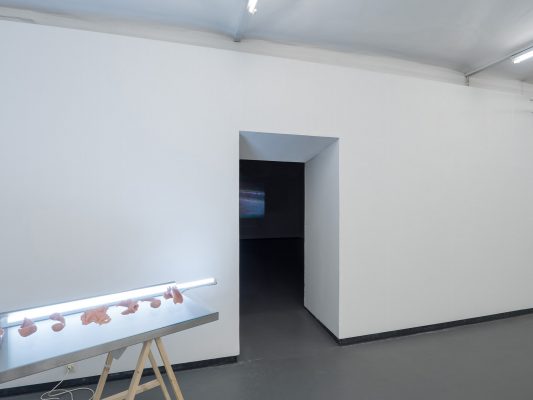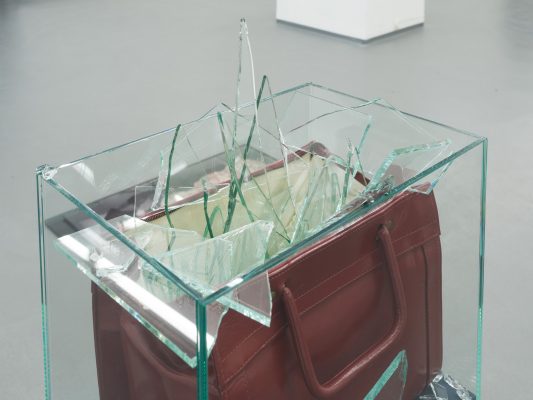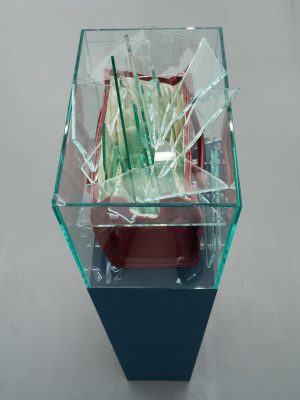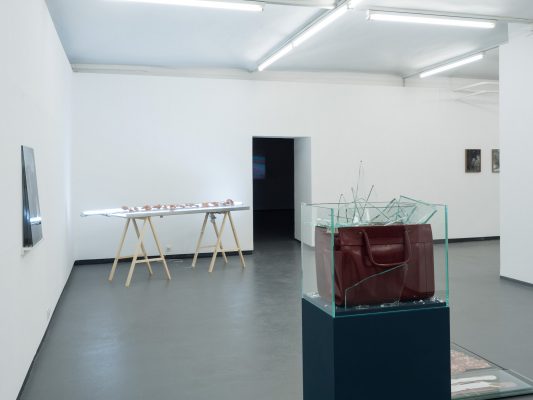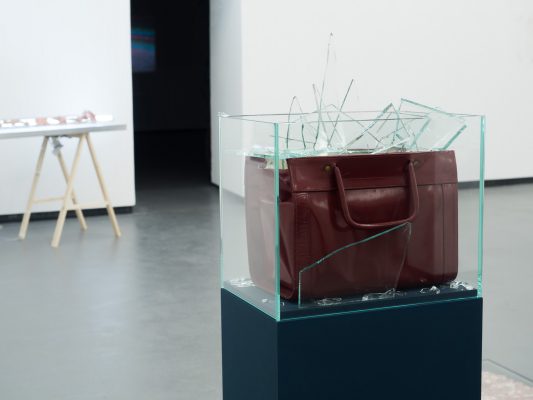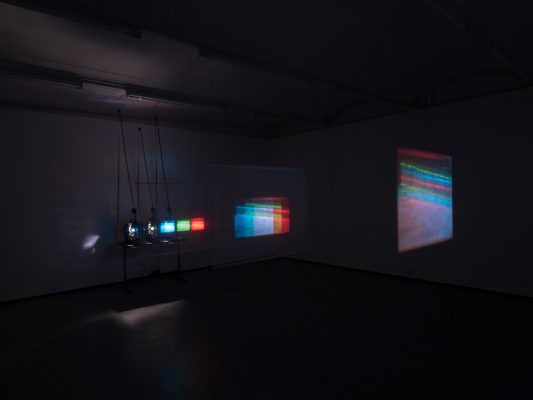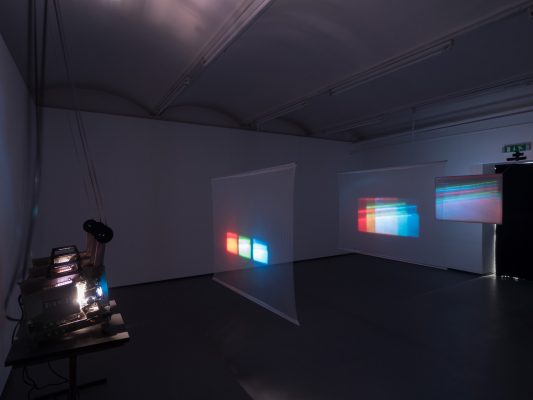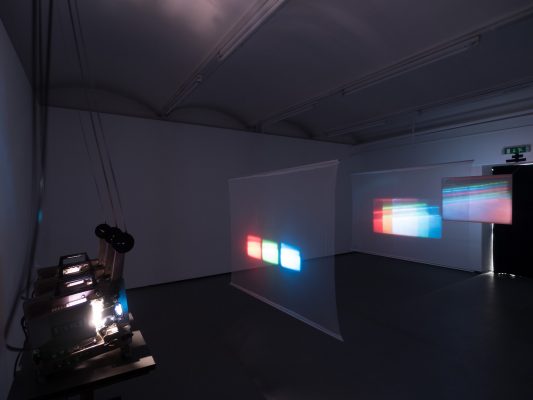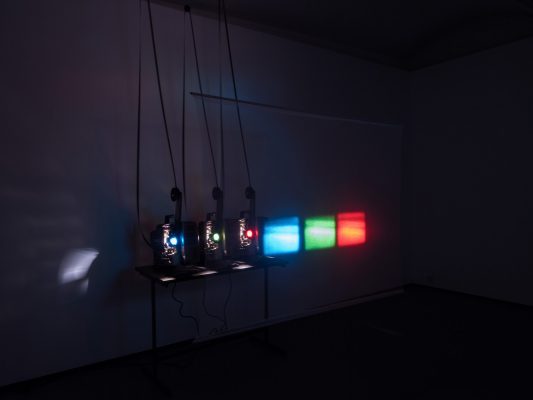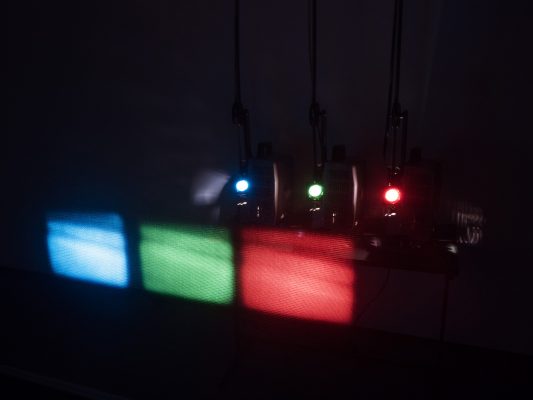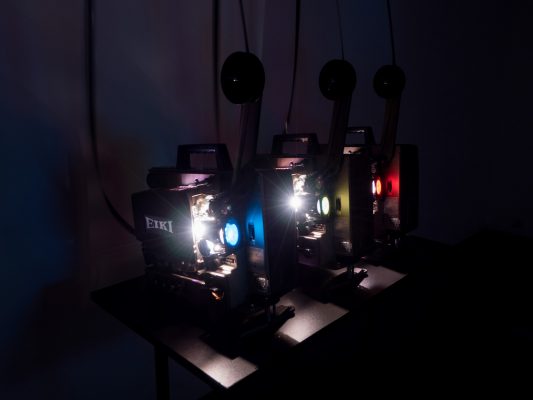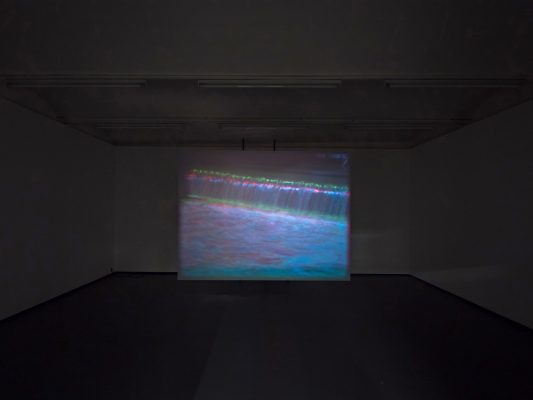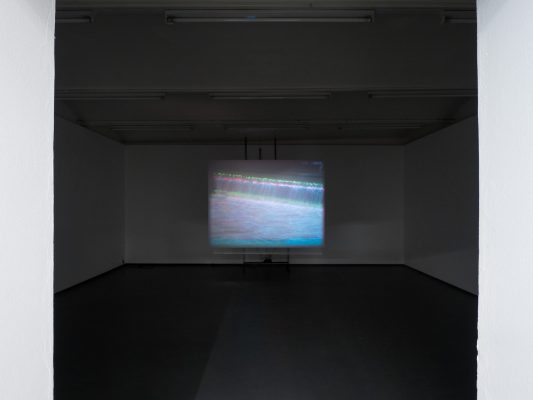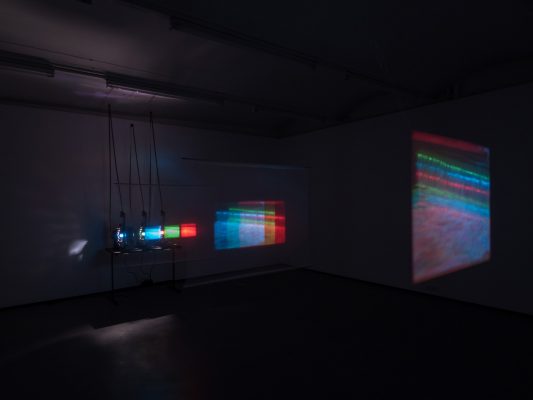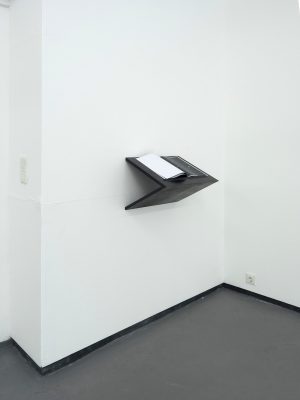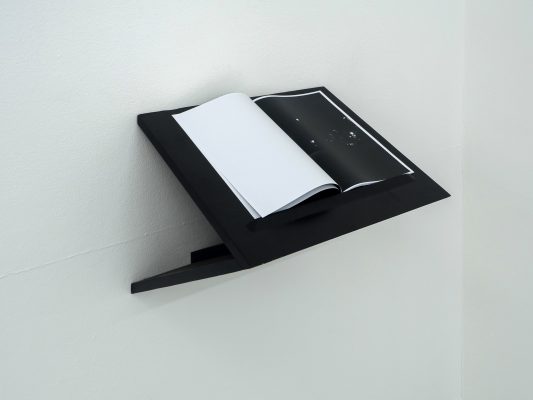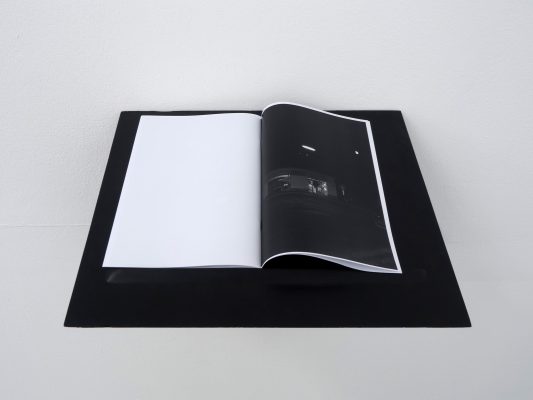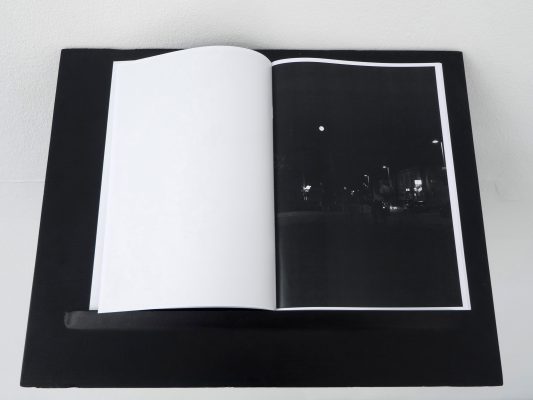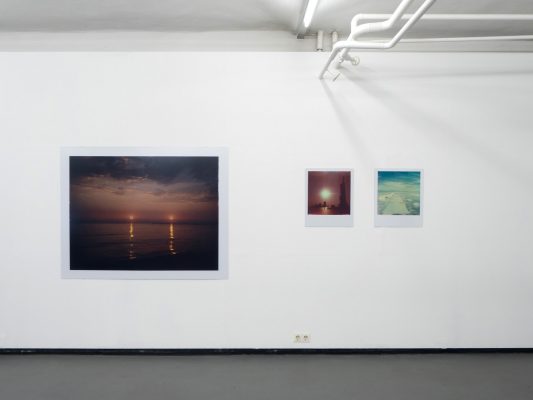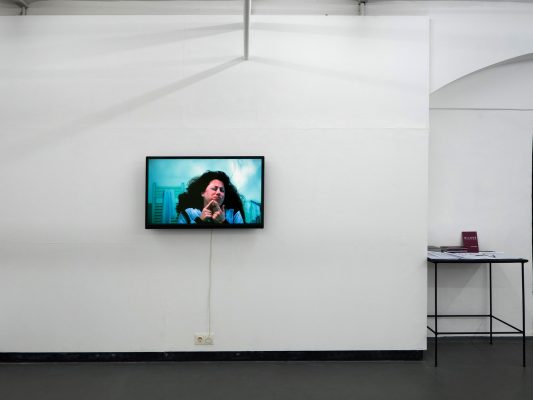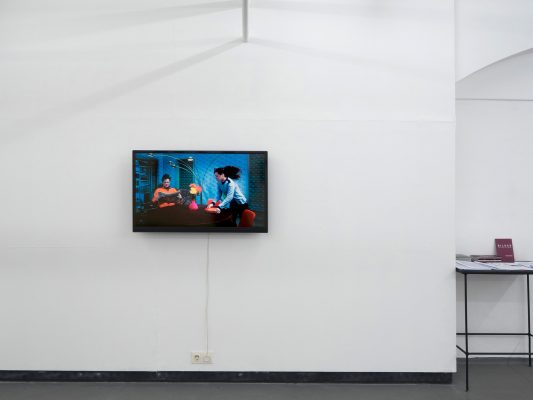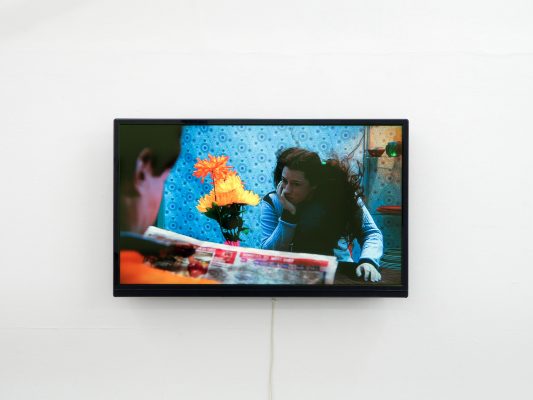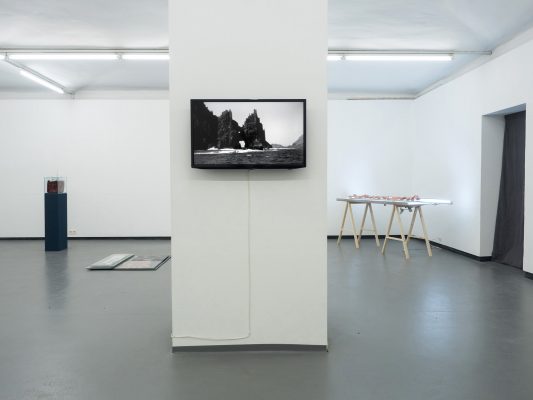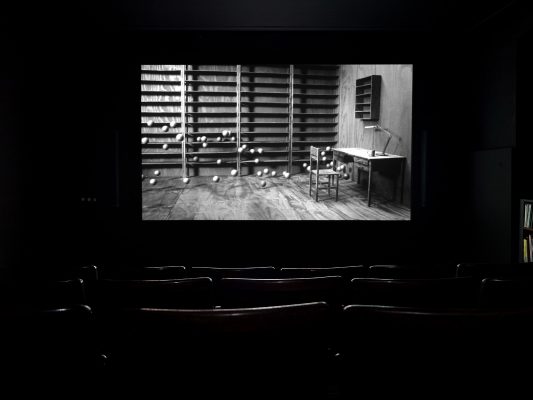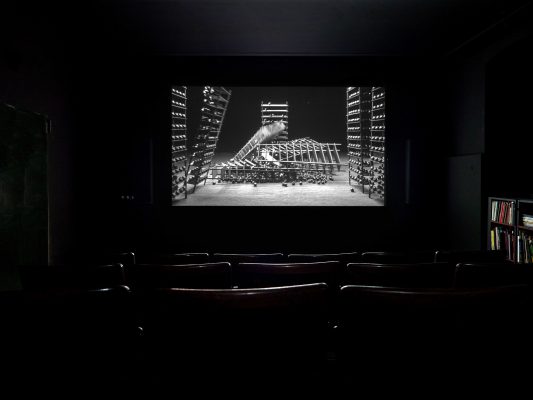Opening: Monday, 26 November, 7 p.m.
Introduction: Petra Noll-Hammerstiel
sponsored by: BKA Österreich; MA7-Kultur; Cyberlab
The artists of the Miro Mondo exhibition open up whimsical, mysterious, sometimes surreal and fantastical worlds which irritate our preconceived picture of the world. On one hand there are staged scenes or set pieces of realities which are montaged into new and unfamiliar visual worlds. This comes about when, for example, physical laws such as gravity or preconceived notions of space are negated, destabilising balance and order. On the other hand there are images from (sometimes nocturnal) reality which appear mystical because of particular light incidents or because they show strange places that actually exist but are never (or only rarely) seen or which apparently prove the existence of life on Mars. Equally, the baffling quality inherent in criminal cases leads to richly associative works situated between reality and fiction. Furthermore, (pseudo) scientific procedures, special imaging techniques and performative interventions generate irritating situations. This raises the (photographic) question: what is reality and what is staged – and is a staged situation not reality too?
In his artist’s book, Vollzeit Dominik Buda presents twelve pictures of illuminated clock towers in Vienna taken on moonless nights. Photographed from the right place, some of them are reminiscent of a full moon because of their elevated position. The illusion is created – also by the consciously chosen technique of the black and white copying that produces low quality images – of a plausible situation, a romantic night with a full moon on the rise, especially in the final image. Here, Buda makes reference to the press photos on newsprint which are often not clearly recognisable without their descriptive captions. In addition these images situated between reality and fiction contain numerous references to the moon which, with its cycle of waxing and waning, is a clock in itself as well as being an influential factor on life on earth. That, in turn, has led the artist to print the images during a full moon. The edition of 40 prints corresponds with the ‘full’ working week of 40 hours.
In Prosthesis – Simulation kit of externalised human brain tissue Antye Guenther deals with the possibilities of brain alteration from a semifactual perspective and questions the implications brain enhancements might have on the individual as well as (future) societies. The narrative of a South Korean research team, that experiments with externalising human brain matter, based on the assumption of widely described successful attempts to increase neurone proliferation and connectivity, will be unfolded and extended within a performative lecture to also talk about brain extensions as fashion items and the issues that will raise from the increasing occurrence of Chinese bootleg versions. If you can change your body as easily as you change your clothes, why wouldn’t you?
In their films Harald Hund and Paul Horn take great pleasure in carrying spatial relationships, physical laws and conventional ideas of normality to the point of absurdity. The ten minutes video, Apnoe – part of the Wohnserie in which they staged complex everyday situations with people under absurd conditions – superficially follows the daily routine of a “normal” family. This, however, is subject to altered gravitational conditions and thus presents significant problems in carrying out such everyday activities as eating, teeth cleaning or having breakfast. The structure of the family gradually begins to waver and predetermined patterns and behaviours begin to dissolve. “With their film Hund & Horn sketch out a micro-drama that uses absurdity and slapstick, scratching open the scab on an allegedly ideal world and, above all, doing so without being pedantic.” (Irene Müller)
Kevin Kirwan´s series Heavyside, consisting of photographs, a video and objects, takes its title from a crater on the far side of the moon. This sense of the other, the unseen side of something so familiar and looming creates a melancholy tension that runs through the work. The pensive landscapes presented in Heavyside share a similar language and offer multiple readings of place. As also in the looping video Cathedral Rock, many of the locations portrayed in the photographs are quiet, contemplative spaces, from a lichen-covered graveyard near a Buddhist temple in Japan, to a 19th century folly located in the grounds of a suburban Dublin park. These monochromatic scenarios echo images conjured in 20th century horror literature, rooted in local events and psychogeography, quietly resonating with the spectral traces of recent history barely visible on surfaces.
Jana Müller’s works are based on a picture archive of objects she has systematically created. During the process of her reworking of them, the images undergo an increasing divorce from reality. “Instead, the images perform as signs in parallel or together with things in a limited environment of aquarium-like cubes or between sheets of glass as if they were specimens to be seen under a microscope” (Susanne Prinz). Jana Müller appears to be attracted by the darkest aspects of humans and society as well as to all the manifestations of the unconscious and uncanny, especially those that lurk behind the facade of normality. The installation being presented at the FOTOGALERIE WIEN is based on photographs of a Los Angeles press archive and leads the visitor into a hypothetical crime scene where there are enigmatic pieces of evidence in the form of objects and pictures, clues that invite the viewer to freely relate to the search for truth that may be real or putative.
Claudia Rohrauer is interested in the apparently evidential nature of instant pictures which, because of the immediate picture generation, is ascribed to them in a large measure. Personal travel images form the basis for her works (Evidence, Twin Sun). The typical aura of instant picture aesthetics comes into its own during developing time: solarisation and colour errors, chemical manipulation by the producer and manual manipulation mistakes such as unintended double exposures transform the classic travel snapshot out of being the depiction of an actually existing place. The original impression is so distorted that when interacting with the imagination, it almost automatically provokes a utopian/dystopian mental image. The instant pictures become im-possible documents which take any longing for a promise of truth to absurd lengths. But nevertheless a split-second “that’s-how-it-was” – a hint of reality – flashes into being only to instantly disappear.
In her filmic installation, Ich floh davor ins Kino, wo die Farben besser waren als in der Realität Viktoria Schmid reconstructs the process employed by physicist James Clerk Maxwell in 1861 when he made the first colour photograph using additive colour mixing procedures. Schmid’s work transfers the early photographic colour film process into the gallery space as a film installation. The identically framed subject is exposed three times using fixed camera settings and green, blue and red colour filters for consecutive exposures on 16mm black and white film. This means that the individual exposure differs in time and that results in a divergence from a standard colour depiction. The films are projected as loops through the corresponding colour filter and are visible on three levels of projection, in differing states of overlapping. Exploring the room with the installation explains the process to the visitor. By interpreting the science of the colour film process Schmid creates a miraculous room in which water shimmers in colours far removed from everyday perceptions.
The Collapse of Cohesion is a series of short films by Levi van Veluw, based on drawings. One of the drawings presents an image of an archive room, filled with large structures of cabinets containing more than 1500 neatly arranged icosahedrons. The whole arrangement is held in place by the very structure of the cabinets and the force of gravity, in a fundamental and continuous on-going struggle between the desire for order and the forces of nature. An unknown cause upsets this equilibrium and the cabinets are made to topple over. The symmetrical forms are no longer held in place, gravity takes over, order is turned into chaos. The time of the event is stretched; the moment measured in seconds becomes a minute-long occurrence and forms a new reality. The icosahedrons float through the air, rotating, the glistening of the light that reflects on their 20 faces reveals their symmetry in its ultimate form – entirely free, in search of a new order.
Petra Noll-Hammerstiel, for the collective
